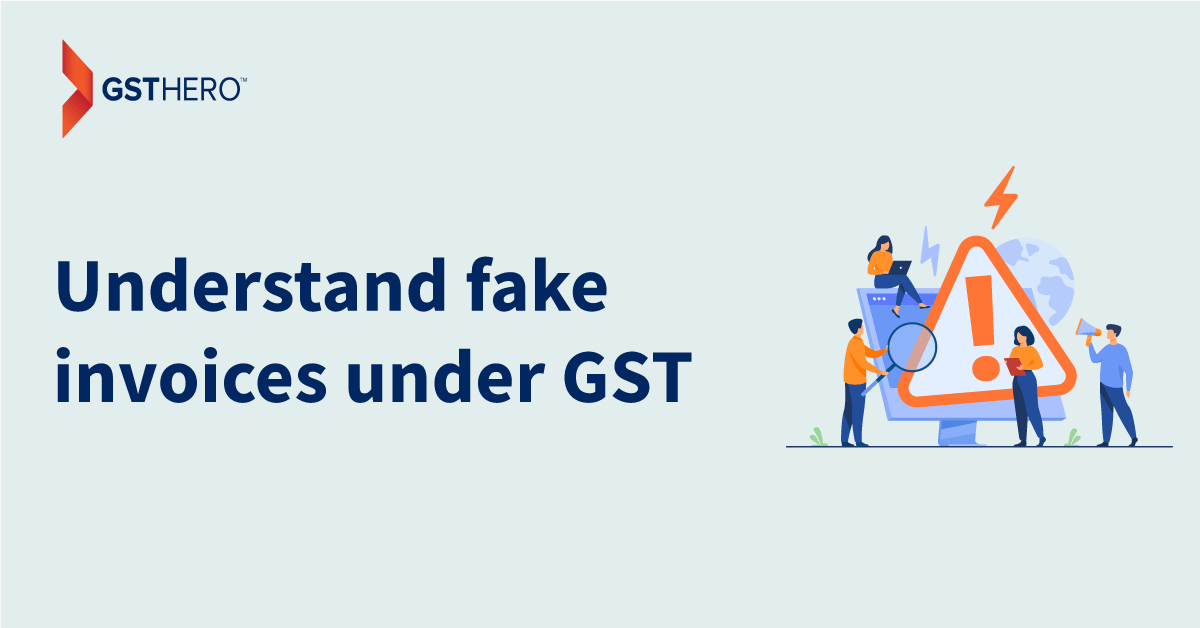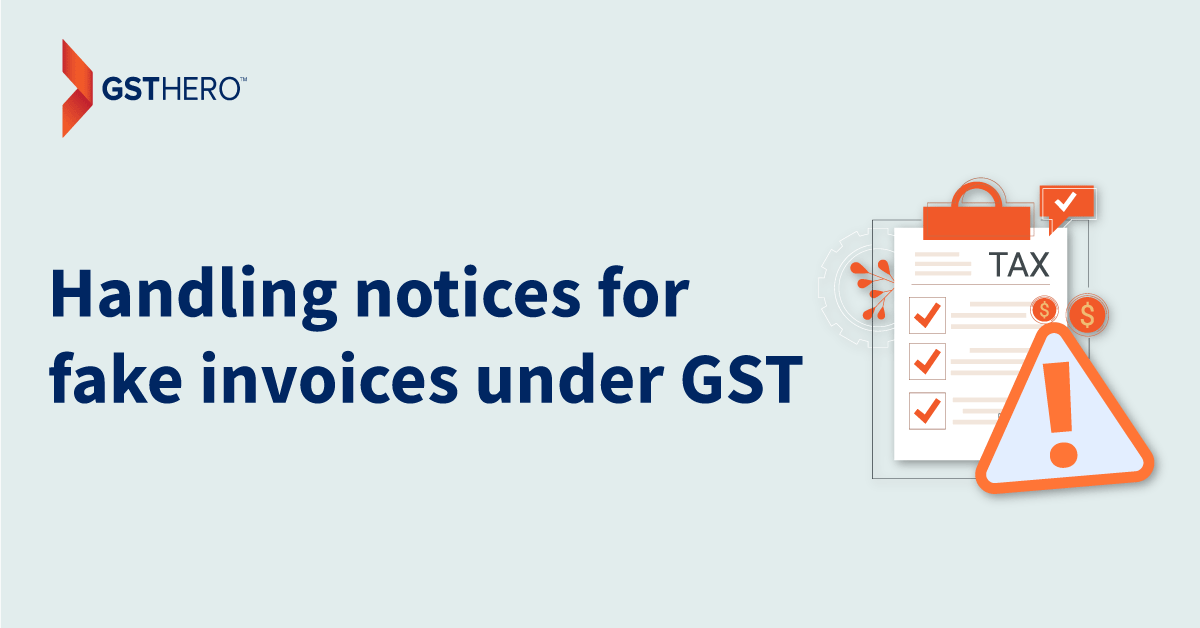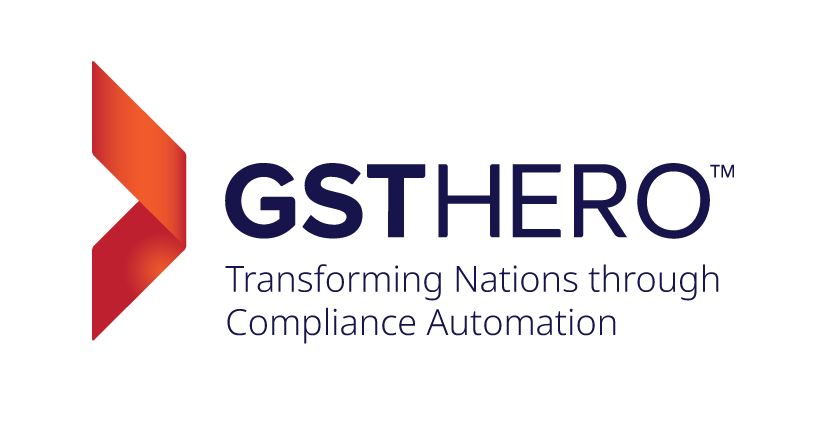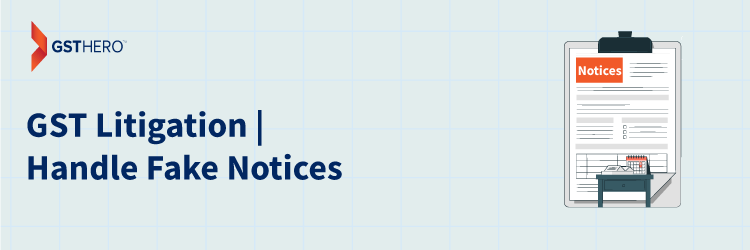There was a loud outcry amongst the trade and industry with regard to various demand actions by the departmental officer spinning around fake invoices in GST causing a hell lot of litigations.
In spite of the same, it is interesting to note that the Goods and Services Tax (GST) law doesn’t define ‘fake invoices in GST’. However, under GST, ‘fake invoice’ is a general trade term which refers to a non-compliant GST invoice.
Broadly speaking, the use of such fake invoice is to avail unfair advantages like fraudulent availment of the input tax credit; encashment of input tax credit; inflating turnovers; money laundering; etc.
As against the culprit, who are taking undue benefits from the fake invoicing transaction, there are some genuine ones too who are getting trapped in the vivacious circle of litigation as a result of fake invoice.
In the current article, we will understand the term ‘fake invoice’ and its misuse; important clarifications with regard to the applicability of demand and penalty in case of fake invoice transactions and notice for fake invoices and manner of handling thereof.What is fake invoices in GST

As stated above, Central Goods and Services Tax Act, 2017 and the rules made thereunder don’t define the term ‘fake invoice’.
However, any invoice will be treated as ‘fake’ when invoices are issued/ raised by an entity without an actual supply of goods/ services or without payment of tax (GST). Thus, in simple terms-- Fake invoices are invoices which are issued without an actual supply of goods or services or both; or
- Fake invoices in GST are invoices which are issued without payment of tax.
Now, let us understand the intention behind the misuse of ‘fake invoices in GST’ leading to loss of revenue to the department –
Transaction | Manner of loss of revenue to the department |
|---|---|
Issue of invoice without actual supply of goods or services or both, wherein, payment of tax is made through input tax credit which is not available to the issuer of the invoice. | Inadmissible input tax credit availed by the buyer/ receiver of the invoice which is later on used for payment of tax. |
Issue of the invoice, wherein, an invoice is issued to one person and goods are delivered to another person. | Inadmissible input tax credit availed by the buyer/ receiver of the invoice which is later on used for payment of tax or claiming a refund under GST in case of export. |
Routing of invoices via a series of shell companies/ dummy companies. Resultantly, transfers input tax credit from one company to another in a circular pattern to increase the turnover. | Inadmissible input tax credit availed by the buyer/ receiver of the invoice and utilizing such input tax credit towards actual regular supplies. |
Clarification on applicability of demand and penalty on fake invoice transactions
Due to a lot of haphazard issuance of notice by the departmental authorities, both to the issuer as well as the receiver/ buyer, that to loaded with lots of demand and penalty. Clarification on the applicability of demand and penalty in case of fake invoice transactions was demanded by the trade as well as field formations.
Briefed clarification was provided by the Central Board of Indirect Taxes and Customs, vide circular no. 171/03/2022- GST dated 6th July 2022.
Let us understand the applicability of demand and penalties under GST from the viewpoint of the issuer of the fake invoice; receiver of the fake invoice and any other person involved in the transaction –
Transaction | Manner of loss of revenue to the department |
|---|---|
Issuer of fake invoice |
|
Receiver of fake invoice |
|
Any other person facilitating such fake invoice transactions |
|
It is pertinent to note that, prior to the issuance of the above clarification, departmental authorities were issuing show cause notice under GST to nearly all the parties involved in the fake invoice transaction, proposing a demand for tax recovery from all such parties involved.
However, post clarification, at least the action of the department is restricted to penalty demand from all the parties and tax demand from the receiver of the fake invoice who ultimately claimed input tax credit.
How to handle notice for fake invoice in GST

As we know, the entire GST system is functioning online and hence trapping of fake invoice transactions is much easier for the departmental authorities. However, it is pertinent to note that GST notices are being issued to all the parties involved in the fake invoicing transaction (which includes even the genuine ones).
Let us go through some of the basic steps which should be followed in case notice for the fake invoice is received –
- Firstly, study the show cause notice thoroughly;
- Identify the transaction contemplated in the show cause notice;
- Analyze the allegations based on which GST notice is framed;
- Study the allegations vis-à-vis demand of tax, interest and penalty proposed in the notice;
- If the allegations are acceptable and corresponding tax, interest and penalty are payable. Then, it is advisable to clear up the same as soon as possible and intimate the department about the payment;
- However, if the allegations and baseless and you are the genuine ones, file the counter reply and carry forward the matter.

